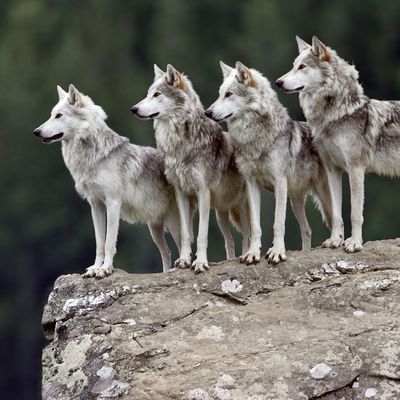
Even among scientists, ugly animals have it rough, receiving less research attention and resources than their cuter counterparts. But things may be looking up for the less cuddly residents of the animal kingdom: As the Washington Post recently reported, research published earlier this month in the journal Biological Conservation found that in the past few decades, we’ve had a massive change of heart toward a handful of scary, creepy, or otherwise un-cuddly species.
First, some backstory: Back in 1978, researcher Stephen Kellert led a survey of more than 3,000 people about their attitudes toward different animal species, both wild and domestic. (The results were about what you’d probably expect: Dogs, horses, and swans were the most beloved species, while mosquitoes, rats, and cockroaches were at the bottom.) But as the Post wrote:
There has been little solid research on these shifting feelings since Kellert’s survey, particularly about wild animals. And in that time, a lot has changed. More Americans have moved to cities, increasing their distance from animals that live in forests, rivers or barns. But scientific understanding about animal intelligence, behavior and vulnerability has blossomed.
So with this latest study, researchers applied Kellert’s tools to modern-day attitudes and surveyed a sample of 1,287 adults about their feelings toward the same collection of species. Many of the less-surprising elements remained unchanged — we still love dogs, we’re still not wild about roaches — though swans’ image took a dive, a shift the study authors weren’t quite sure how to explain.
But the most notable change was the respondents’ “substantially more positive” impression of six species that have traditionally gotten a bad rap: bats, sharks, vultures, rats, wolves, and coyotes.The fact that a select few “historically stigmatized species” made such progress, the researchers wrote, “may be indicative of growing concern for the welfare of animals — both wild and domestic.”
In part, that may be a continuation of a trend that was already in place: A 1983 study examining media portrayal of animals since the turn of the century, for example, found a shift soon after World War II, with “utilitarian descriptions” of animals’ value dropping off in favor of “humanistic,” more empathetic descriptions. But as the Post noted, in recent years, the changes in animal-human relations have come much more fast and furious: “Every year, we spend a few billion more dollars on our pets. Consumer concern for farm animals is freeing chickens from cages and pigs from crates. Cecil the lion is a household name. SeaWorld has sworn off orca breeding; Ringling Bros. has retired elephants.” Goats, meanwhile, continue working their way into our hearts.




